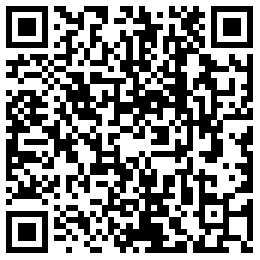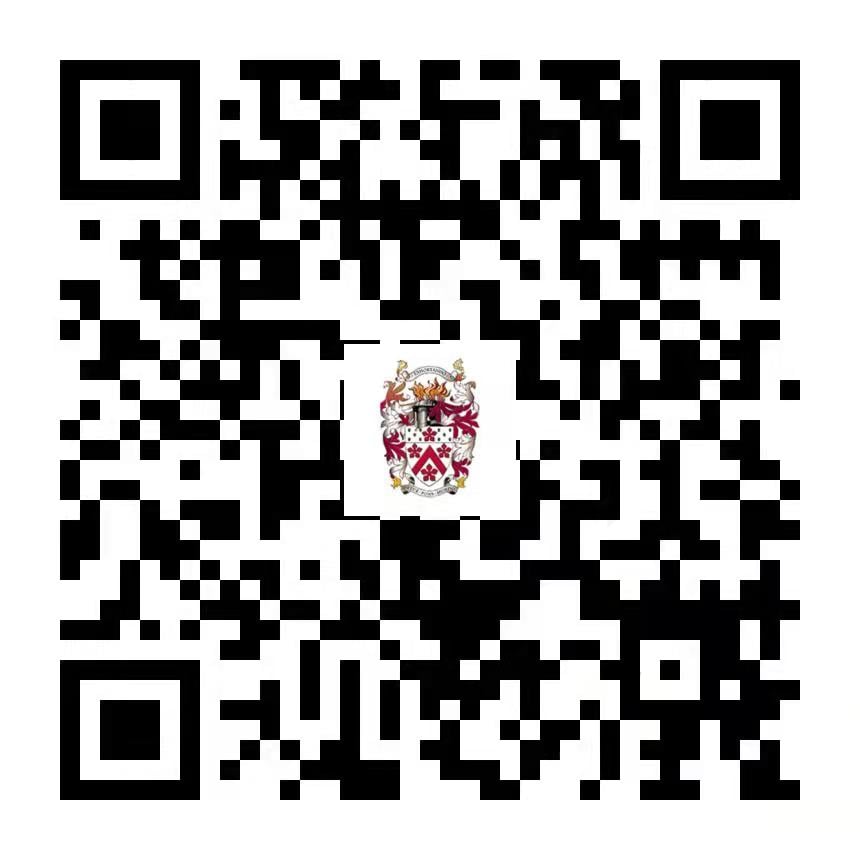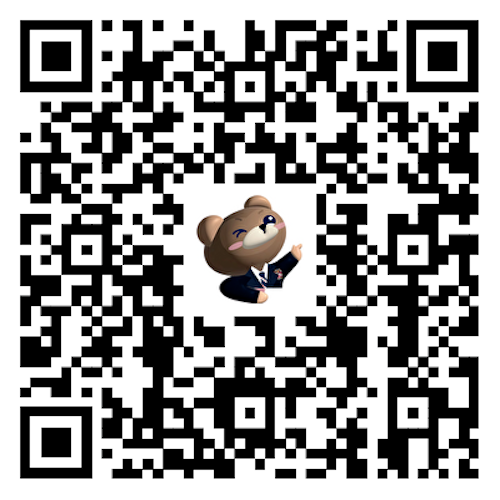Dulwich Insights | Leveraging Data to Empower Our Students

This is the second article of a three-part series, where Crispian Farrow, our Chief Innovation Officer, discusses the role of technology in amplifying education opportunities that enhance student wellbeing. Read part one here.
Last week, we introduced the role of student agency in contributing positively to wellbeing, and the potential for technology to be used to enhance these opportunities. This week, we examine more deeply the role of technology in allowing students and teachers to leverage data to empower the student and gain an understanding of students’ lifeworlds beyond the classroom.
Breaking down data silos
Technology can influence both agency and co-agency by bringing together relevant data. These can then be made accessible to all members of the community who need them, another means of enabling trusted adults to partner with students.
Being able to bridge data is valuable, because in addition to the physical walls that separate the "outside" world from schools, there are often also virtual walls between digital systems. These barriers prevent meaningful access for stakeholders like parents, but also prevents data synergies between sources.
Breaking down data silos with technology enables benefits as simple as ensuring that teachers can see student data across many subjects, rather than just their own. It could also be more sophisticated analysis using big data and machine learning techniques that would identify patterns that a human observer would unlikely spot. Subsequent insights can then be accessed by any stakeholders as deemed appropriate, and then leveraged to the benefit of the student.
Empowering students through access to their own learning data
We can also use technology to enhance student agency through data in other ways. One is by doing more to put this learning data back into the hands of students themselves, so they can reflect on what it is telling them. In this way, technology can help students move from a passive member of the learning community to an active one.
For example, many schools use standardised testing data to make estimates of student progress in future years given a range of inputs, and this is often used by teachers and school leaders to track progress. Schools, however, can build simple tools now to put this data in the hands of students. We can help them experiment with the variables and reflect on how these conclusions are not deterministic. In so doing, students learn they have the power via their own actions to influence these outcomes(Bowen 2020). It is important to note that students will need the support and partnership of educators and parents in unpacking what this sort of data means and helping to frame their reflections.
There is even more immediately accessible data. Consider simple tools like Presenter Coach in Microsoft PowerPoint, which "listens" to speech in a classroom and can aid learning for student and teacher presenters. Presenter Coach has become so sophisticated that it can now identify instances of gender bias in the language used that might impact how students receive what is being said. There are also tools that can analyse entire lesson transcripts. These provide feedback (sometimes in real time) to teachers on the complexity of the language used or the amount of time a given speaker is speaking. They can also identify to whom questions and interactions are most commonly directed. Data like this, when made available to a teacher or student and well-framed, is likely to support reflection, growth and self-efficacy.
The common theme here is that we are generating data all the time. We should recognise that and leverage technology to unlock its value for the benefit of the community of learners.
Bridging lifeworlds and academic worlds
Returning to the idea of removing barriers for a moment, in my own career as an educator, I have lost count of the number of times I have been taken aback when I discovered something incredible about a child's achievement, interest or skill related to their "lifeworld" beyond the classroom or academic world, to borrow a term from two heroes of mine, Professors Cope and Kalantzis (2009). As they put it, "The underlying attributes of lifeworld difference form the basis of identity and subjectivity. These attributes are the fundamental bases of a learner’s sense of belonging in an everyday or formal learning setting, and their levels of engagement".
How often do these important cultural and personal factors get left at the classroom door? What impact must that have on learning, sense of self, agency and, in turn, student wellbeing? I am not advocating for a panopticon of sorts, but there can be no doubt that the technology to surface and celebrate many of these personal fundamentals is here now. Given that, as educators, we should be asking how best, to what extent, and when to leverage it.
One easy way for schools to recognise student lifeworlds is through creating rapid wellbeing feedback apps for students. These open new and less threatening channels where students can share how they are feeling about a range of topics with trusted adults (Salakis, B. and McTaggart, R. 2020). Applying natural language processing and sentiment analysis allows a much larger volume of data than a human could process; automation then triggers that crucial human input by notifying appropriate individuals of potential concerns warranting a closer look. If a student feels left behind in a subject or lesson, perhaps because they struggled with the language used last week or they were distracted by an event in their "lifeworld" that wasn't known by the teacher, this approach may identify that otherwise unobserved struggle. An intervention can then take place. For more on this, I recommend the podcast AI in Education, episode 38.

Using technology to facilitate personalised learning
Dwelling on the importance of these lifeworld factors to a student's wellbeing in the educational setting, how we recognise, incorporate and adapt to such learner variation in classes of 20 or more students is a real practical challenge. Failing to do so risks students being treated as a homogenous group, which can result in disengaged students feeling "unseen" or "unknown" by their teachers.
Here again, however, technology can provide some help. Educators and students can now make use of common auto-translate features or automated live captions in many tools. Think YouTube or Microsoft Teams. These can be useful for students whose first language is not the language of instruction. They can also aid those with hearing impairments. In each case, learning access and progress is supported, and their sense of self-efficacy perhaps maintained.
Educators can also record key instruction or prepare video content to enable students to revisit at a later time. Students can watch sections they struggled to understand or have later forgotten. Intelligent bots can enhance this further by allowing search within video content. Students can be directed to the exact moment in a recording where a particular concept is being discussed. This saves time and one assumes may reduce anxiety about missing important material. Technology is no magic bullet, but here we can go some way to accommodating learner variations that before would have been impractical to address. Picture a group of human translators standing in every classroom ready to support students in thirty languages!
But we don't have to stop at quick wins. We can use technology to build more sophisticated student profiles to help know our students better and thus meet them where they are. We can aggregate dispositions, interests and growth to provide a less patchy or reductive understanding of a student. Key for student agency is that this sort of data is available not only to the teachers to make decisions on behalf of the student but to the students themselves, informing their own choices and actions. After all, it is their data and their journey. The potential this offers for personalising learning experiences is significant when we as trusted adults position ourselves as co-agents in the student journey.
In parallel, technology can help us move beyond the practical limitations faced when personalising learning. This is not to criticise teachers who have little option when lacking the tools and data to do otherwise, but instead to recognise that technology is changing what is possible here. Consider that we have the tools to gather, summarise and present a nuanced student profile to every partner in the learning journey before the start of a new term or year. We can then match this to themes and topics more likely to spark interest, and so enable choices for students that may better resonate for them. Instead of having to create entirely new content as a result, we can use tools to ingest content, topics and materials that augment existing materials. This means teachers aren't faced with re-writing new and more relevant content from scratch each term or year.
Bots can also be used to assemble individualised learning resources and revision guides. Such guides are built on a student's interactions with course materials and assessments. This is a far cry from the 'one size fits all' revision guides I received as a student. When well realised, personalised experiences that respond both to a student's academic world based on their learning interactions but also their individual lifeworlds are, it is reasonable to assume, likely to have a meaningful, positive effect on student agency and, in turn, wellbeing.
Bibliography:
Bowen, D & Hickin, L. (2020). An Educators Perspective. AI in Education. Available at: AI Education Podcast:An Educators Perspective (aipodcast.education) (Accessed November 2021).
Bowen, D. (2020). AI, Security and Scale. AI in Education. Available at: AI Education Podcast: AI, Security and Scale with guests Mike Reading and Blake Seufert (aipodcast.education) (Accessed November 2021).
Cope and Kalantzis. (2009) On the Complexities of Diversity. Available at: https://newlearningonline.com/new-learning/chapter-5/supproting-materials/kalantzis-and-cope-on-the-complexities-of-diversity#:~:text=It%20is%20intuitive%2C%20instinctive%20and,bring%20to%20a%20learning%20setting.&text=The%20underlying%20attributes%20of%20lifeworld,basis%20of%20identity%20and%20subjectivity. (Accessed November 2021).
Cope and Kalantzis. (2020). The Digital Learner – Towards a Reflexive Pedagogy. Available at: https://www.researchgate.net/publication/343136868_The_Digital_Learner_-_Towards_a_Reflexive_Pedagogy (Accessed November 2021)
Cope and Kalantzis. (2020). The Digital Learner – Towards a Reflexive Pedagogy. Available at: https://www.researchgate.net/publication/343136868_The_Digital_Learner_-_Towards_a_Reflexive_Pedagogy (Accessed November 2021)
Gafney, L. and P. Varma-Nelson (2007), “Evaluating Peer-Led Team Learning: A Study of Long-Term Effects on Former Workshop Peer Leaders”, Journal of Chemical Education Research, Vol. 84/3, pp. 535-539, https://cpltl.iupui.edu/doc/Gafney%20and%20VarmaNelson_2007.pdf. (Accessed November 2021)
Greig, A. (2000), “Student-Led Classes and Group Work: A Methodology for Developing Generic Skills”, Legal Education Review, Vol. 11/81.
Hogan, K., B. Nastasi and M. Pressley (2000), “Discourse patterns and collaborative scientific reasoning in peer and teacher-guided discussions”, Cognition and Instruction, Vol. 17, pp. 379-432, http://dx.doi.org/10.1207/S1532690XCI1704_2. (Accessed November 2021)
Kellerman, D. (2020). Building a Community of Learners. Feb 5, 2020. Available at: Microsoft Innovate | Building a Community of Learners (Accessed November 2021)
OECD, The OECD Learning Compass 2030. Available at: Learning - OECD Future of Education and Skills 2030 (Accessed November 2021)
OECD, Student Agency for 2030. Available at: https://www.oecd.org/education/2030-project/teaching-and-learning/learning/student-agency/Student_Agency_for_2030_concept_note.pdf (Accessed November 2021)
Connect with us






